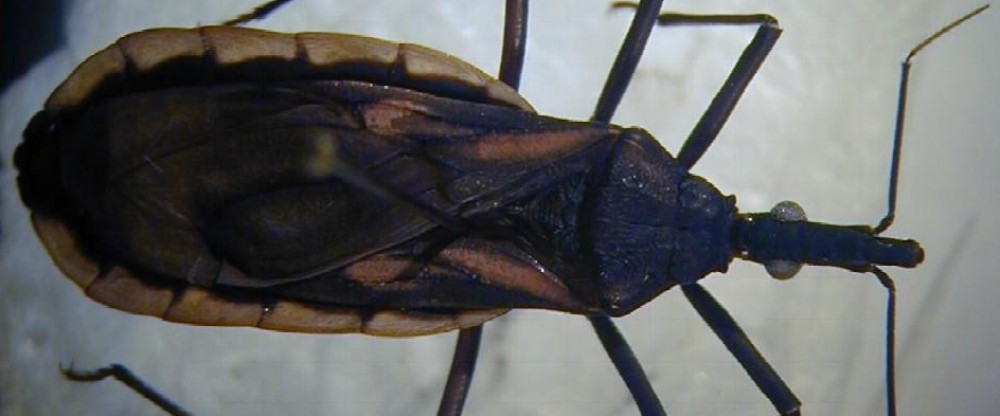Soledad Santillán-Guayasamín 1 , Anita G. Villacís 1 , Mario J. Grijalva 1,2* and Jean-Pierre Dujardin 1,3
1
Center for Research on Health in Latin America (CISeAL), School of
Biological Sciences, Pontifical Catholic University of Ecuador, Av. 12 de
Octubre 1076 y Roca, Quito, Ecuador
2
Infectious and Tropical Disease Institute, Department of Biomedical
Sciences, Heritage College of Osteopathic Medicine, Ohio University, Athens,
OH 45701, USA
3
IRD, UMR 177 IRD-CIRAD INTERTRYP, Campus international de Baillarguet, Montpellier, France.
Parasites & Vectors (2017) 10:55
DOI 10.1186/s13071-017-1982-2
Abstract
Background: Egg morphometrics in the Triatominae has proved to be informative for distinguishing tribes or genera, and has been based generally on traditional morphometrics. However, more resolution is required, allowing species or even population recognition, because the presence of eggs in the domicile could be related to the species ability to colonize human dwellings, suggesting its importance as a vector.
Results: We explored the resolution of modern morphometric methods to distinguish not only tribes and genera, but also species or geographic populations in some important Triatominae. Four species were considered, representing two tribes and three genera: Panstrongylus chinai and P. howardi, Triatoma carrioni and Rhodnius ecuadoriensis. Within R. ecuadoriensis, two geographical populations of Ecuador were compared. For these comparisons, we selected the most suitable day of egg development, as well as the possible best position of the egg for data capture. The shape of the eggs in the Triatominae does not offer true anatomical landmarks as the ones used in landmark-based morphometrics, except for the egg cap, especially in eggs with an evident “neck”, such as those of the Rhodniini. To capture the operculum shape variation, we used the landmark- and semilandmark-based method. The results obtained from the metric properties of the operculum were compared with the ones provided by the simple contour of the whole egg, as analyzed by the Elliptic Fourier Analysis. Clear differences could be disclosed between the genera, between the species – among which two very close species (P. chinai and P. howardi), as well as between two allopatric, conspecific
populations. The whole egg contour (including the operculum) produced reclassification scores much more satisfactory than the ones obtained using the operculum only.
Conclusions: We propose the outline-based approach as the most convenient characterization tool to identify unknown eggs at the species or population levels.
